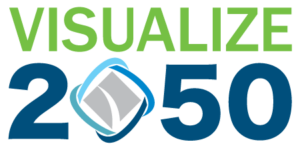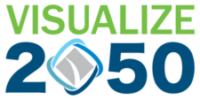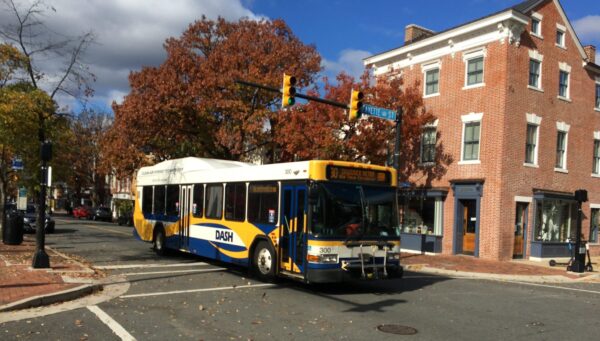What is Visualize 2050, the National Capital Region Transportation Plan (NCRTP)?
At its core, the NCRTP describes how the TPB, its member jurisdictions, and transit agencies work together to tackle challenges facing the region, gather public opinion, and through policies and investments in projects and programs, advance the most effective strategies to make progress on the region’s goals today and in the future. Developing a metropolitan transportation plan is a federal requirement for the TPB, and the plan describes why a federal requirement exists and how the TPB meets those requirements.
The plan includes many activities and components. There are two main parts of the plan. The project investments within the financial plan are analyzed to ensure the emissions from the future transportation system meet air quality goals. The second main part of the plan provides a comprehensive description of the regional policy priorities and general strategies to achieve desired future system goals.
What is the Transportation Improvement Program (TIP)?
While Visualize 2050 is focused on a transportation future 25 years from now, the TIP is the four-year federal obligation document which describes the TPB board-approved transportation projects scheduled to receive the federal transportation funding and all regionally significant for air quality projects. The TIP includes highway projects, rail, bus, and streetcar projects and bicycle and pedestrian improvements, as well as roadway and transit maintenance projects, operational programs, and many other transportation-related activities. Projects must reflect the NCRTP’s investment priorities. They are developed by transit agencies, localities, and states and are prioritized through the selection processes of the many funding programs available to the region, approved for funding by these agencies before ultimately going to the TPB for approval.


